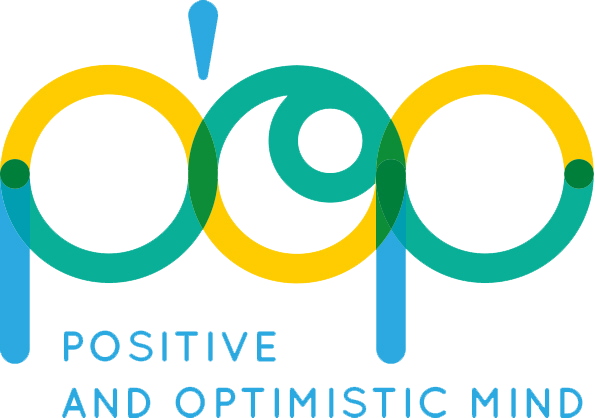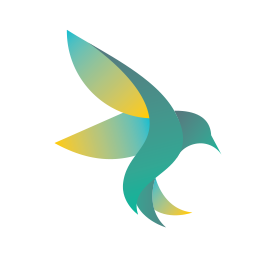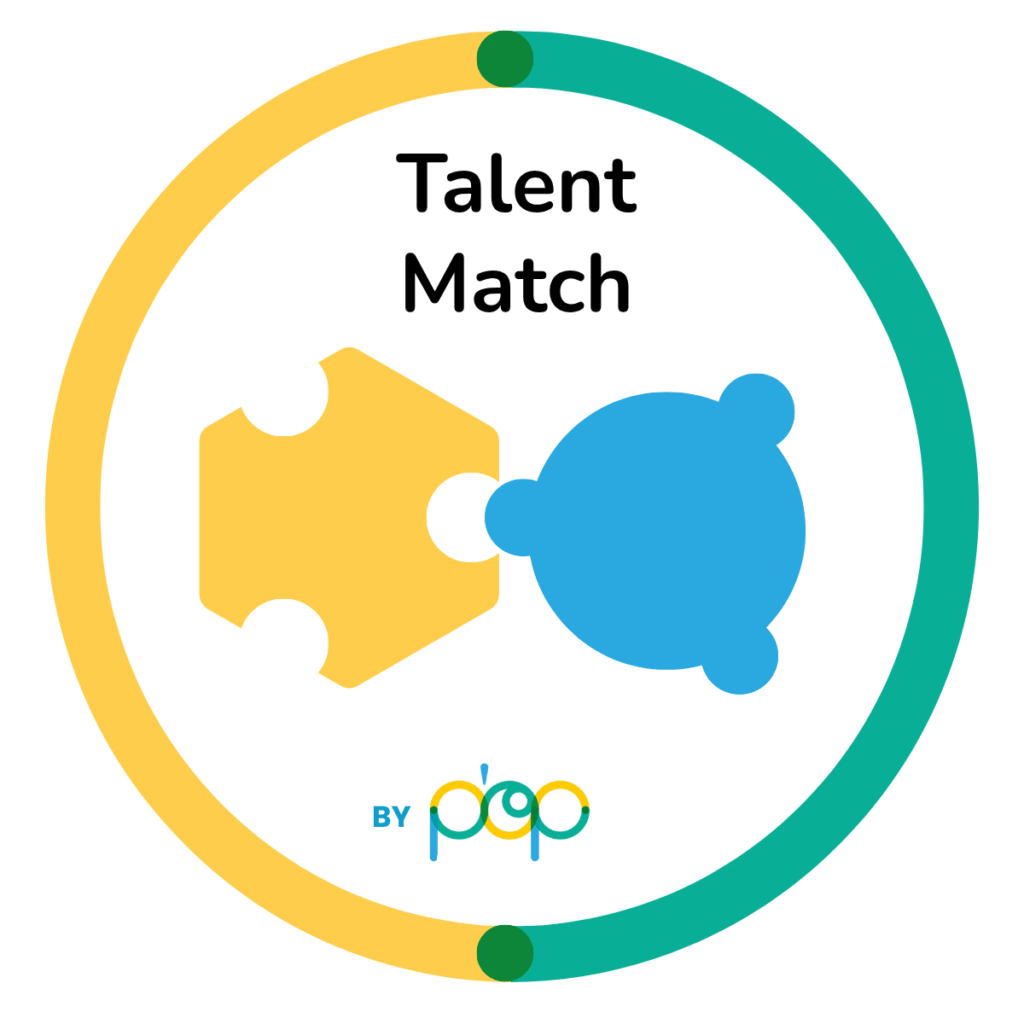
Talent Matching

For the 2025 season, we are evolving our approach!
Following extensive field feedback, we now know that performance relies as much on individual talents as on how well they align.
With B-Talent and S-Talent, we invite you to go further: to reveal individual strengths to highlight the affinities and complementarities that transform a collaboration.
An approach that reduces friction, accelerates integration, and sustainably strengthens employee engagement.
And because these challenges extend beyond the corporate world, we also apply this analysis in the field of education – whether it concerns intern support or parent-child relationships.

In what context?
▸ Trainers & Interns
In the field, each intern learns differently.
Talent compatibility helps identify their learning channels and provides trainers with concrete benchmarks to better convey knowledge and reassure them.
▸ Mentors & Apprentices
Integrating an apprentice, especially at the beginning of their journey, is never simple.
Talent compatibility helps understand how they learn, what truly motivates them, and how to engage them from day one.
▸ Managers & New Hires
The first three months are crucial.
With talent compatibility, the manager has practical tools to facilitate onboarding, secure skill development, and convert the trial period into long-term retention.
▸ Managers & Teams
Within a team, there are always areas of tension and untapped potential.
Talent compatibility highlights compatibilities, anticipates friction points, and provides the manager with clear guidelines for better delegation.
▸ Parents & Children
Homework time often turns into a battle.
Talent compatibility helps parents understand their child’s learning style, adapt their approach to support them, and transform this time into real progress.
Example of a Talent Compatibility Report

How to detect compatibilities?
- Compatibility Score
- Common Strengths
- Development Potential
- Useful Complementarities (who does what, when, and how)
- Potential friction points (pace, communication, framework) + concrete safeguards.
- Mentor/Mentee Option: learning objectives, training scenarios, and meeting frequency.